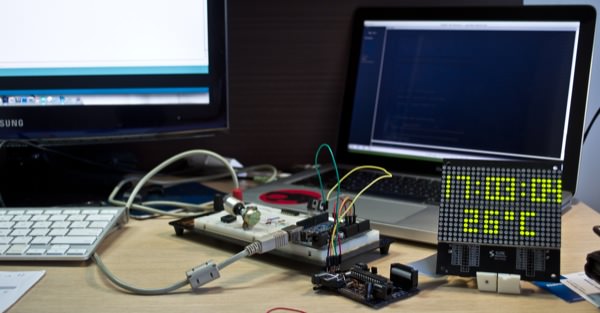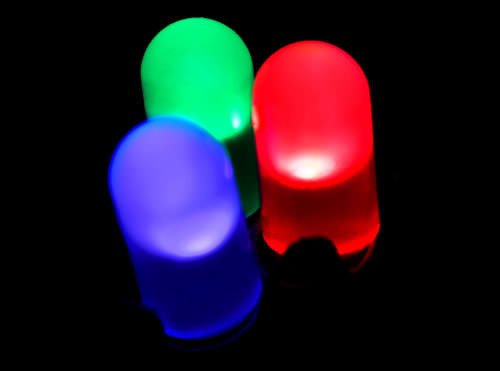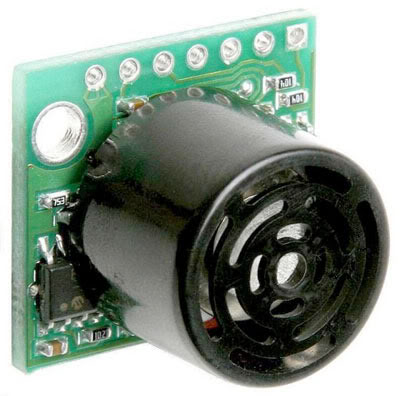
I got my Dotklok up and running some days ago, I am really enjoying it on my room.
But I want to do more with it. Too bad right now I don’t have much time to play with electronics and build cool things.
Anyway, today I decided to spend some time learning the Dotklok’s code and add a temperature sensor to it. The result was really cool, and now I am sharing the bit of code I added to the clock.
Continue reading “Dotklok + LM35 Temperature Sensor”


